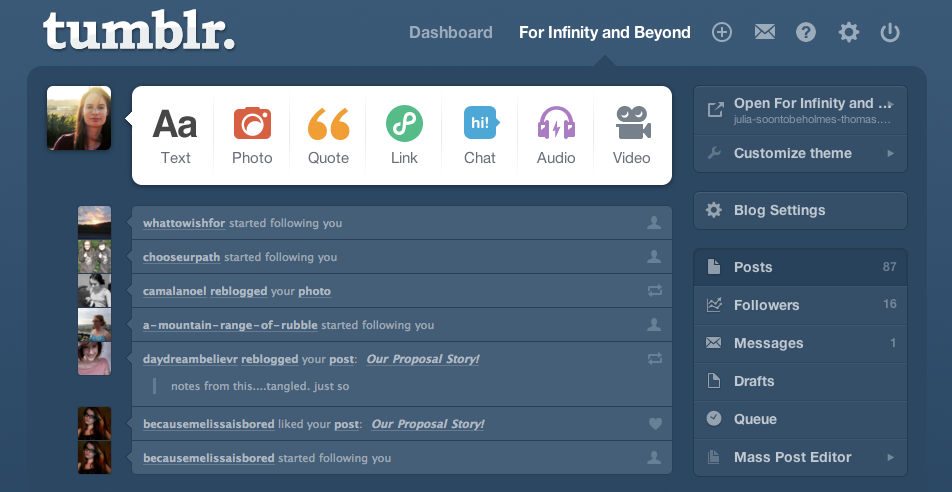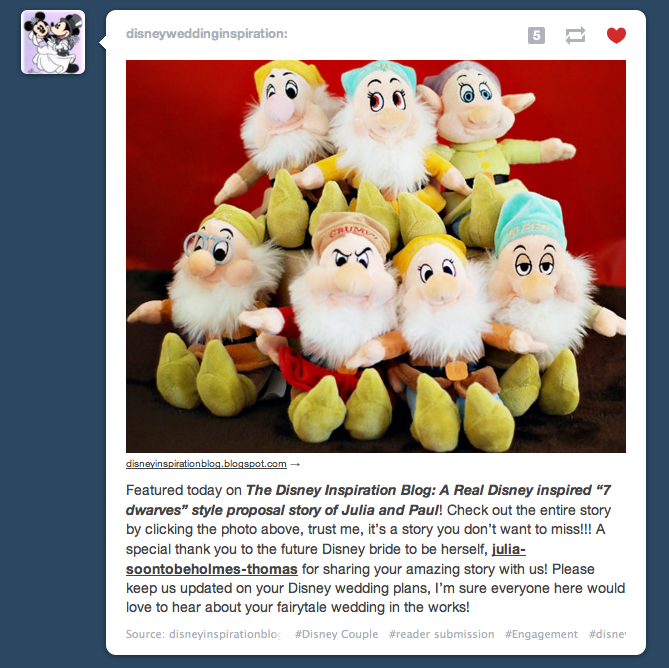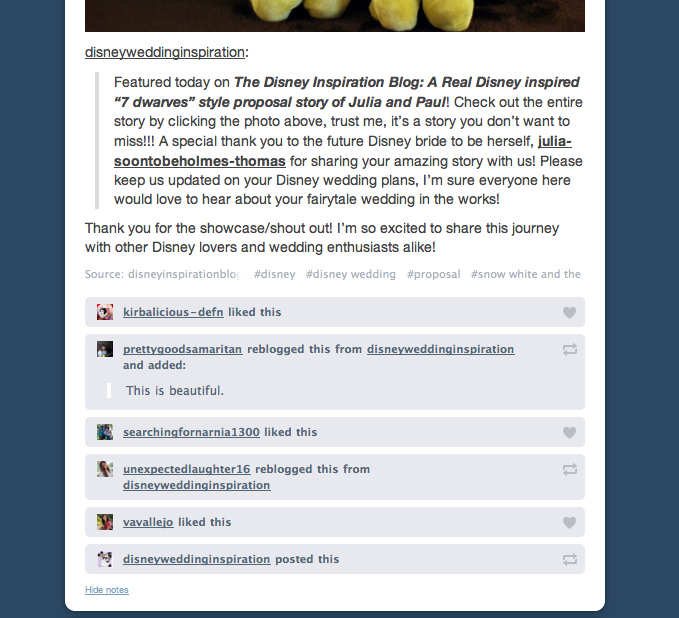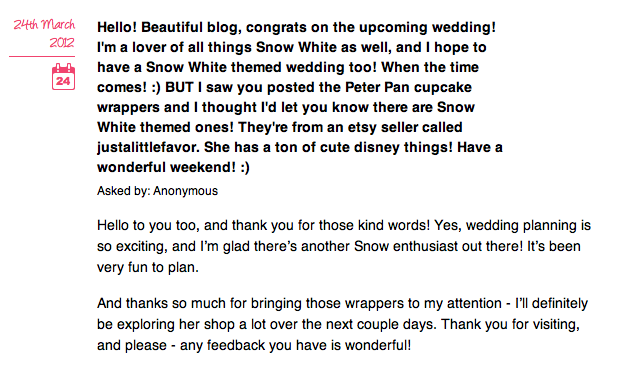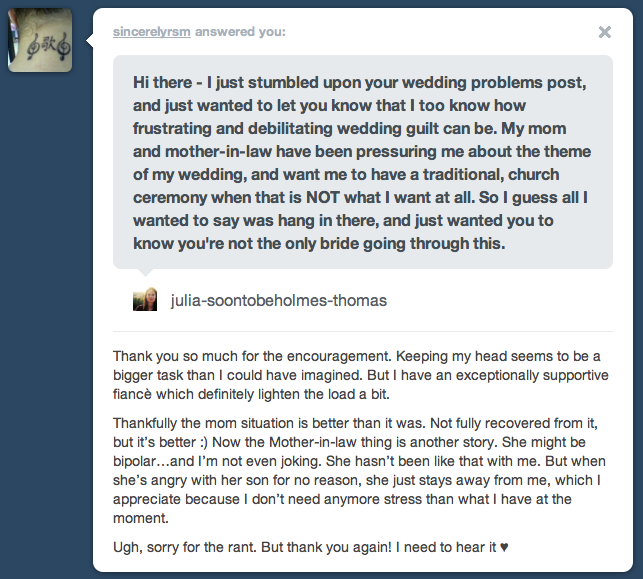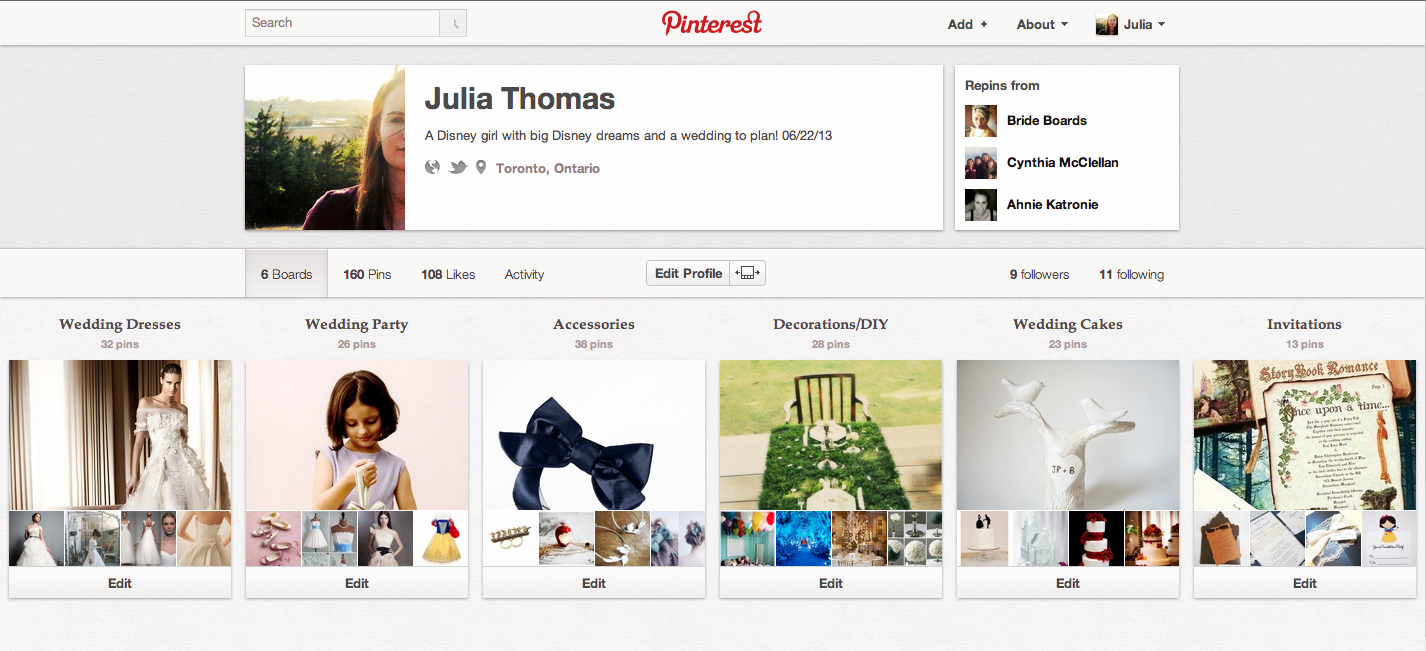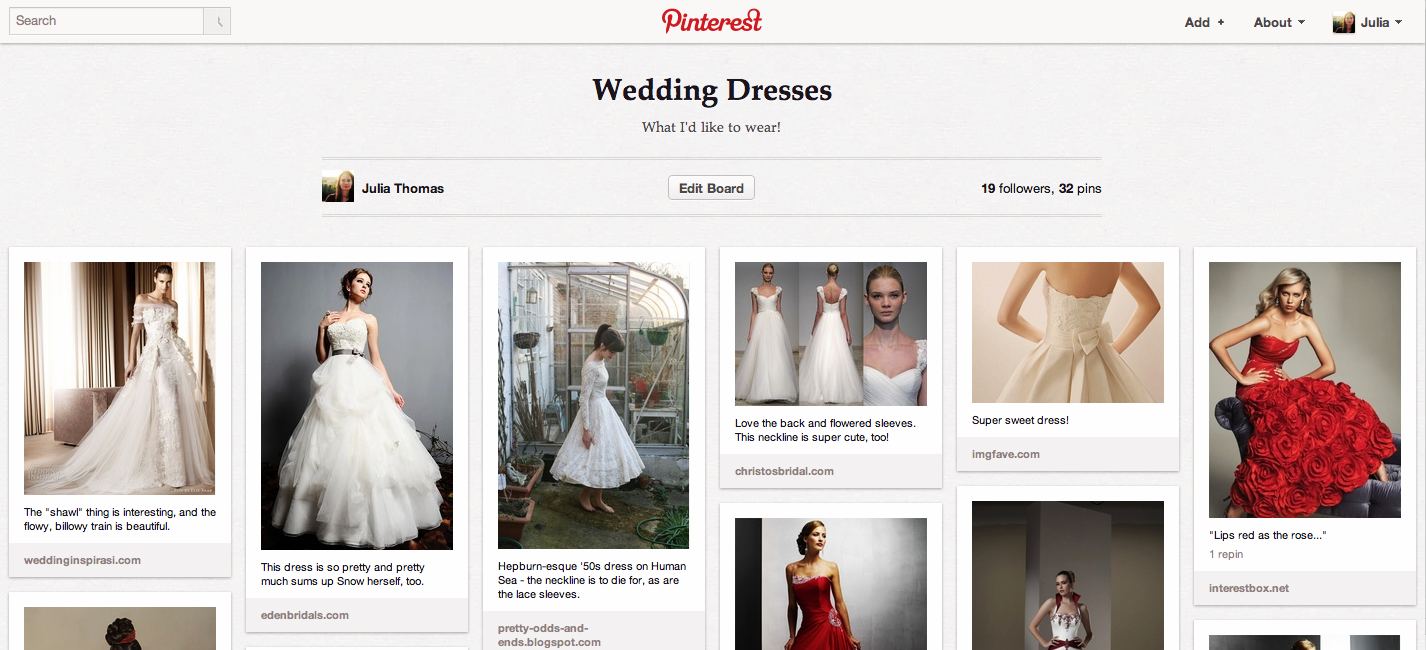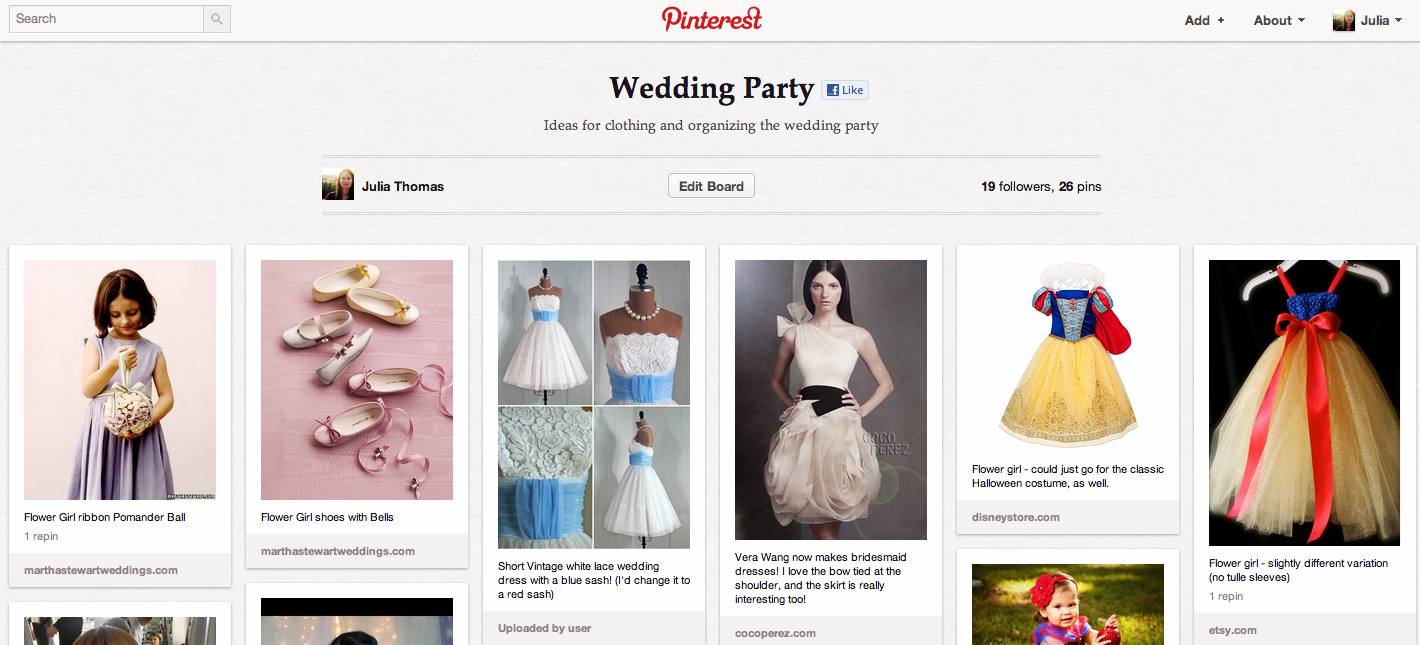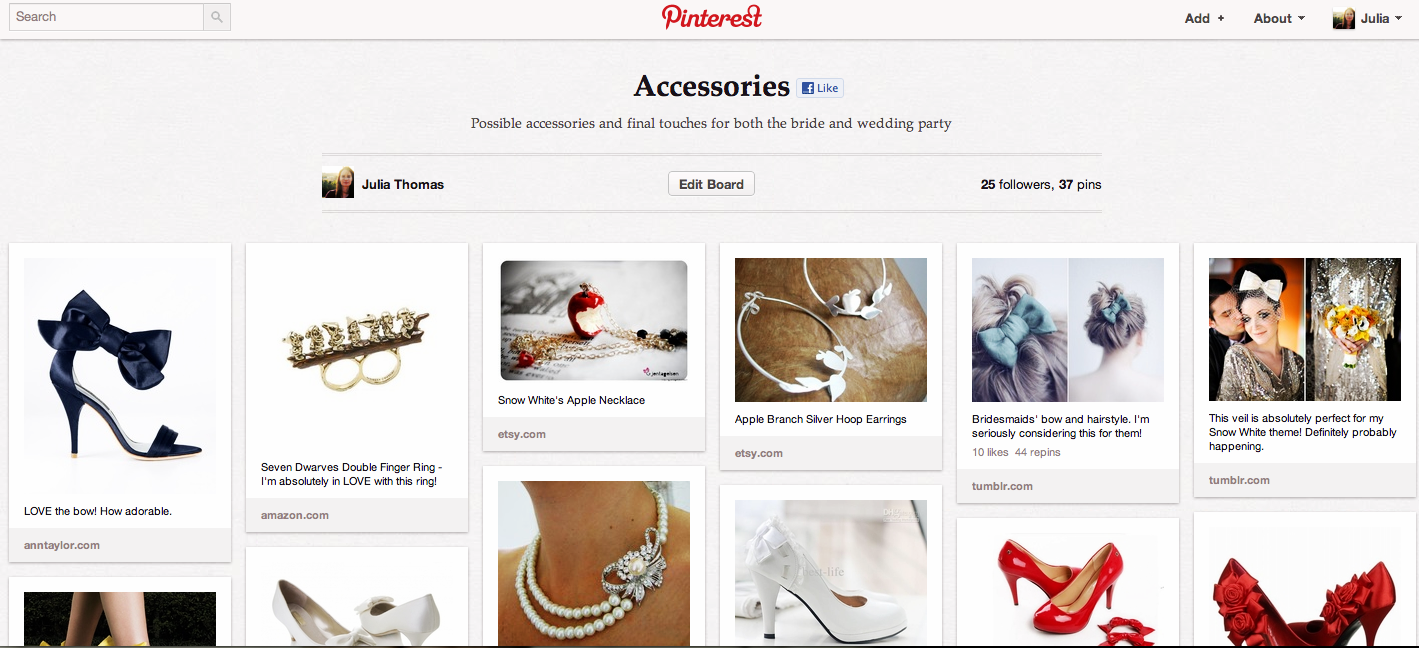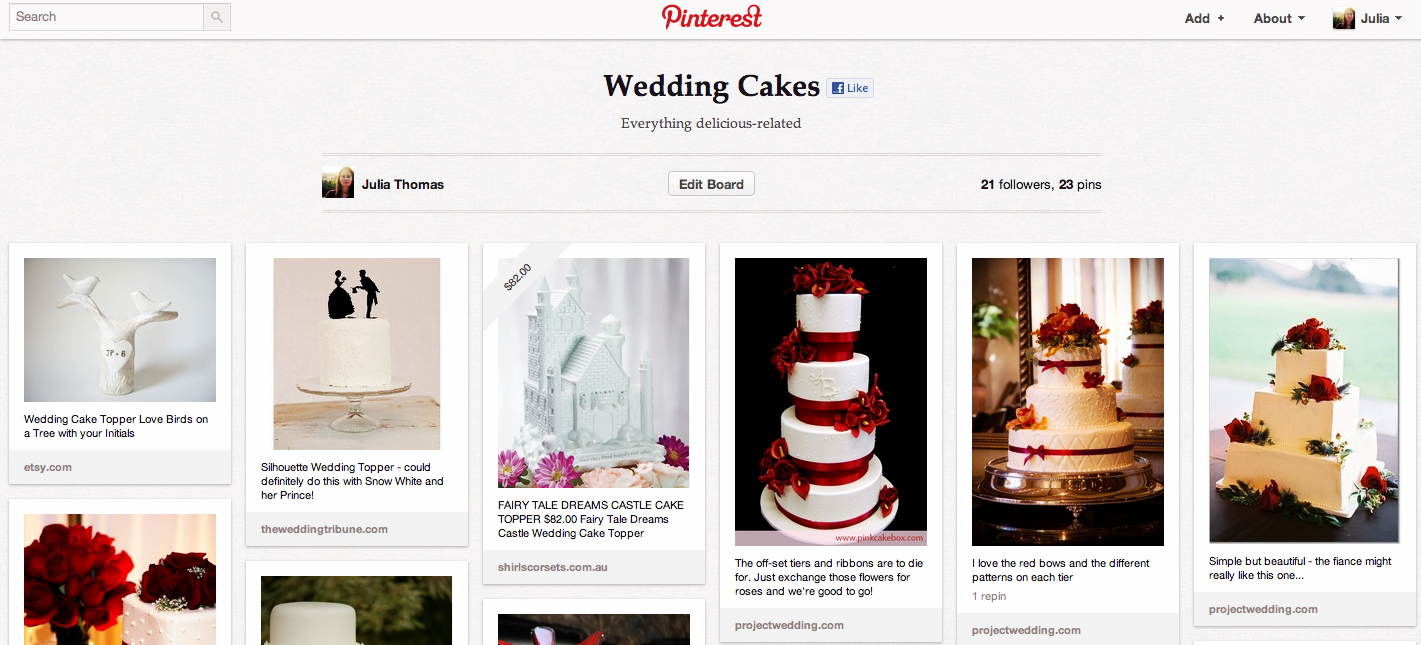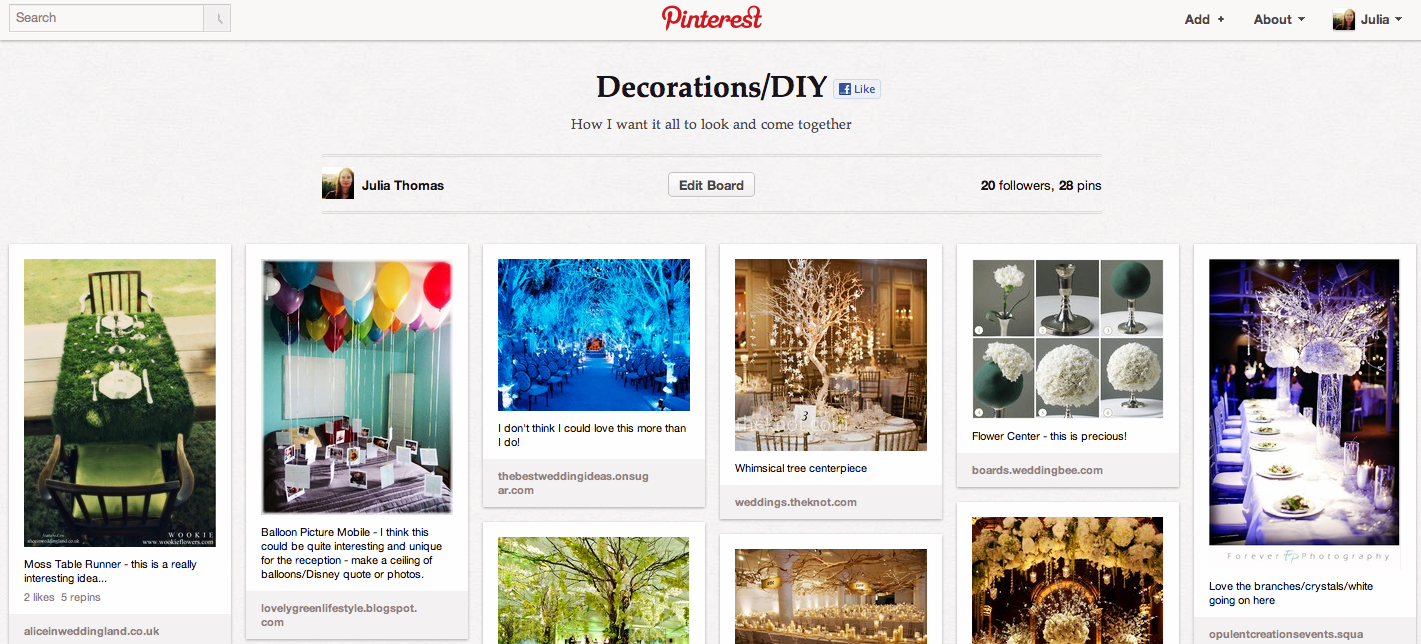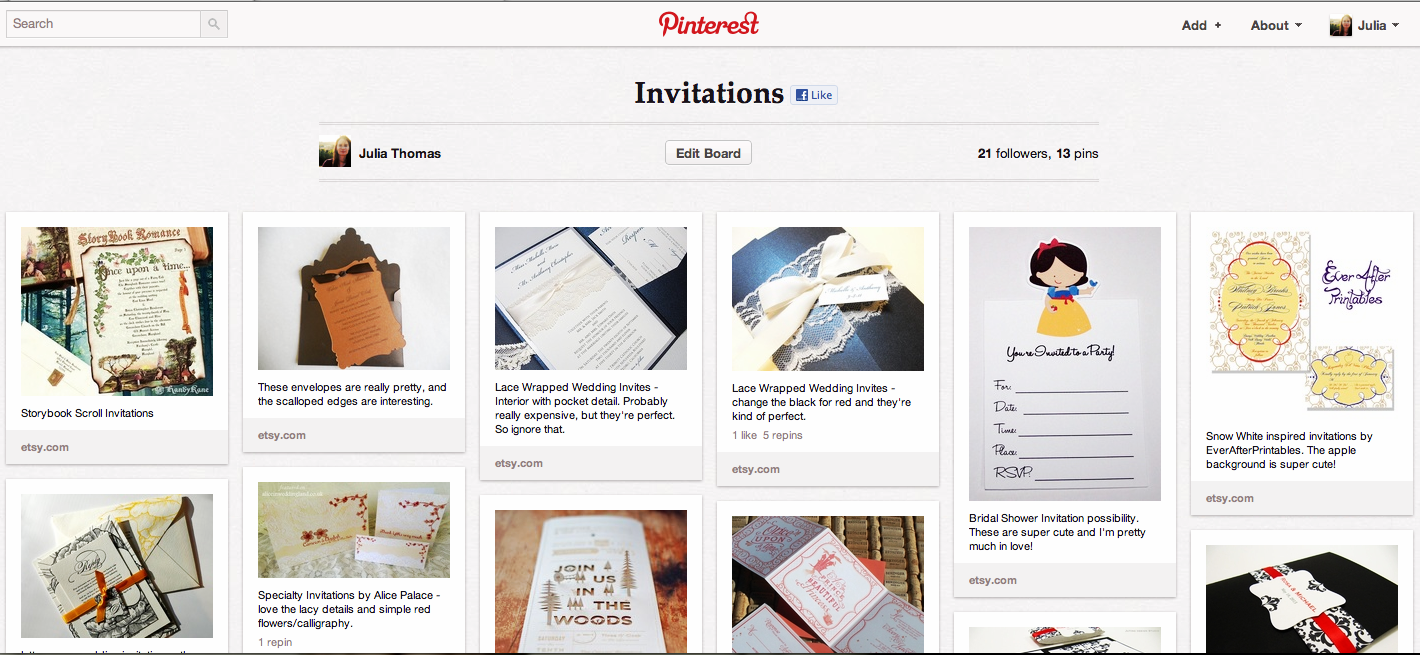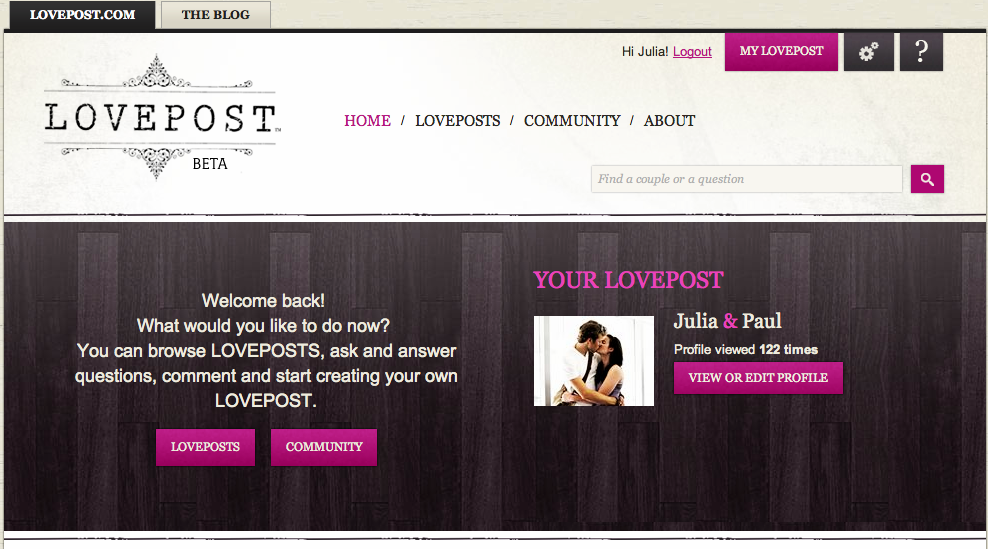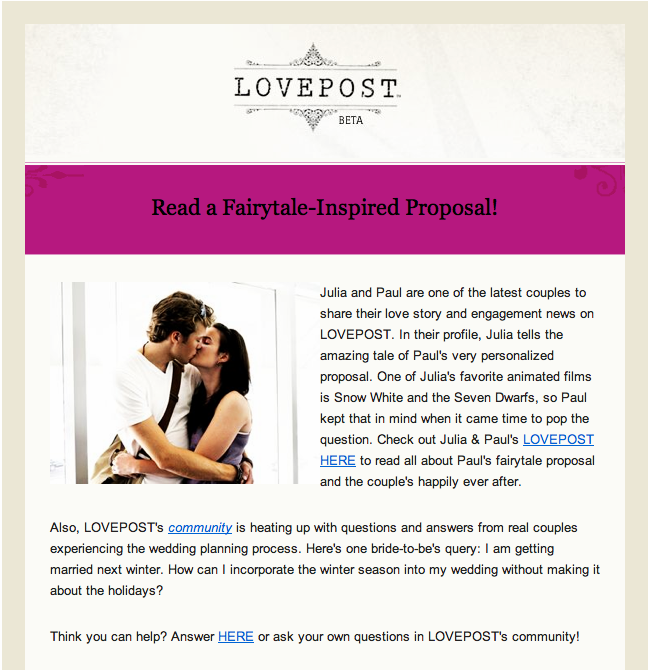Completed for Professor Ramona Pringle's Visual Studies II Class at Ryerson University.
Since the advent of the Internet, Western society has found itself becoming increasingly dependent upon the tools and modes of communication which connect individuals instantaneously. Over time, apparatuses such as cell phones and personal computers have been made both smaller and more affordable, allowing virtually everyone to have access to information and a means of communication twenty four hours a day. As these devices have advanced, society has begun to demand more relatable and succinct means of socializing as users are eager to share not only their contact information but their personal interests and shared experiences, as well.
There was once a time where individuals would not interact lest they had been introduced face to face, as a confirmation of their identity; now, a proclamation of shared interests is enough to warrant a digital relationship built entirely on a tenuous sense of trust. As part of the curriculum within Ryerson University's Bachelor of Fine Arts (New Media) program, second year students enrolled in Ramona Pringle's Visual Studies class were tasked with the challenge of creating a believable, sustainable online persona as a means of exploring the plethora of emerging social media platforms and evolving means of communication. Using at least four different social medias, students had to construct a narrative which would be assessed on its believability, sustainability, and creativity.
From March 12, 2012 to April 7, 2012, I performed an online performance work as I masqueraded as Julia Thomas – a young woman with an overwhelming addiction to anything and everything Disney, who recently got engaged to her fiance, Paul Holmes. Drawing upon real-life proposal stories and my own preoccupation with the Walt Disney Company and its franchises, I was able to weave a story about a girl planning her dream wedding, using personal interests as a vehicle for understanding fan culture and its manifestations in everyday life.
Media Platforms
Note: the following definitions and descriptions were compiled from both personal experience and Wikipedia, and as such should not be used as a definitive understanding of any of the platforms mentioned herein.
tumblr.
Established in 2006, tumblr. has defined itself as one of the largest blogging sites in the world, hosting over 184 million blogs as of January, 2014. By allowing users to easily incorporate photo, video, and text posts into the overall structure of their blog, tumblr. creates a community fuelled by the sharing of information and cultural content, appealing to a younger demographic intent on devouring as much content in as little time as possible. Due to its high percentage of “fandom”-driven content, tumblr. was an optimum choice to scrutinize and exploit Western culture's obsession with popular culture products; the website's high traffic rate optimized the chance for exposure and online traction, as well.
Pinterest may be thought of as a “personalized media platform” on which users are able to categorize and bookmark various images, photos, and websites in one place. This personalization typically manifests itself with limited collaboration or communication, as users simply “re-pin” content from other users without inciting a dialogue. During its initial beta testing, Pinterest was largely used by brides-to-be planning their dream weddings, and this user trend became the spark for Julia's character arc and the underlying inspiration for the entire project.
In 140 characters or less, Twitter users are invited to share their thoughts with millions of other Twitter clients on a platform designed to mimic the short message service used on cellphones. The development of the “hashtag” (#) allowed users and perusers to easily track and access posts of similar content, resulting in a daisy-chain approach to digesting and consuming material. The platform's easy-to-navigate interface and internationality familiarity made it extremely appealing, as it would be easy to quickly contact and develop relationships with like-minded individuals from all over the world, offering unique perspectives and expanding the range of influence. It is also a relatively time-effective platform by only supporting short messages, forcing users to get straight to the point and encouraging them to respond to any and all conversational advances, ensuring maximum impact.
LovePost
At the time of the project's inception, LovePost was still in its beta stages, only accepting applicants who supplied a satisfying amount of personal information and were willing to share photos and stories online at the time of registration. The unfamiliarity of the website provided a challenge, as its users and administrators would be largely focused on getting the site up and running as opposed to strictly monitoring its content; focused entirely on personal testimonials of love, weddings, and engagements, the LovePost community was the perfect place to perpetuate and develop the character of a young woman hopelessly and utterly in love.
Note: since the instigation and completion of this project, LovePost seems to have been unable to sustain itself and appears to be terminated. Its last Twitter update is dated May 1, 2013.
Character Development and Research
After the four platforms were decided upon, it was crucial that the character(s) be developed and fleshed out as much as possible to ensure their believability. Although the narrative I was constructing centered around one female protagonist, her existence and plausibility relied heavily upon that of her fiance as well, and as such I had the task of writing two unique back stories within the same timeframe.
It is often said that in order to write something well, you should write what you know; several years earlier, a young woman who attended my church got engaged, and with her permission I incorporated aspects of hers and her fiance's personal lives into the lives of my characters. They also graciously consented for me to use photos of the two of them, bolstering my narrative's credibility even further by allowing me to put a face to their stories online.
The following are the character profiles I compiled for the purposes of this experiment.
Note: the characters' ages reflect the year in which the narrative was constructed.
JULIA THOMAS
b. October 27, 1987
@julilalathoms (Twitter)
http://julia-soontobeholmes-thomas.tumblr.com (tumblr.)
Julia Thomas is a twenty five year old woman who currently works at Manulife Financial in Toronto as part of their marketing department. Although she lives in Toronto, she is not particularly attached to her apartment or the city in general, and makes frequent trips home to visit her two younger siblings and her parents. After studying Graphic Communications in University, it was Julia's dream to work for the Walt Disney Company, however due to a lack of resources and assets, she has been unable to make that dream a reality. Following Paul's proposal, Julia saw their wedding as the perfect opportunity to meld her passion for Disney and their Toronto lifestyle, using the occasion as a surrogate for her yet un-fulfilled employment dreams. Being somewhat frugal and conscientious, Julia understands that her dreams for a big wedding will require monetary sacrifices and compromise, and she is willing to go against her conservative upbringing and many of the traditions of marriage in order to accommodate her own flair and taste.
PAUL HOLMES
b. May 12, 1989
Paul Holmes is a twenty three year old man who studied Performing Arts in college. Throughout his education and early career, Paul's parents have been generous with their financial support, and this financial aid has been extended to the planning of his and Julia's wedding, as well. The oldest of five children, Paul is accustomed to making decisions and forging a new path, as he actively pursues his acting career by booking small jobs in an attempt to bolster his reel in order to be recognized professionally in the United States.
The outlining and creation of the two characters and their backstories prompted a brief period of research and assessment in order to determine which means of communication best suited which aspect of the narrative. Ultimately, the goal was to create characters who acted as an extension of any excited bride planning their wedding, or anone who has ever dreamed of being a princess for a day, and with this criteria outlined it became apparent that a blog on tumblr. would act as the backbone of the narrative. Through personal blog posts and photos, Julia and Paul's relationship and individual personalities would be revealed to the audience, establishing authenticity through engagement stories, dates and memories, and emotions regarding the wedding and its themes. Using tumblr.'s social networking tools – including but not limited to personal messaging, submissions, and “reblogging” of content – Julia would be able to create relationships with other “Disneyphiles” and wedding planners who are also sharing their stories.
Tumblr Profile: http://julia-soontobeholmes-thomas.tumblr.com/
With this established, Twitter, Pinterest, and LovePost were defined as secondary narrative points; by linking viewers to each of these accounts through the primary blog, all four would experience web traffic and reinforce each other. Twitter was to be used as short bursts of communication which give the audience small glimpses into how Julia operates as a person and the progress she is making personally while planning their wedding; Pinterest would become the forum on which Julia would explore venue, ceremony, attire, and theme possibilities; LovePost served as an area of exploration, involving new medias and social tools in an attempt to establish community.
LovePost Profile
In an attempt to better understand the networks and communities I was attempting to infiltrate, I did a great deal of research through the perusal of various bridal and personal wedding blogs that people have established over time. Most of these blogs were fairly recent, which seemed to indicate the movement of the wedding industry from paper to digital – a movement which correlated directly with the establishment of social media like Pinterest and LovePost. It also became increasingly apparent that the majority of wedding bloggers used their medias as a means of curating and collecting all of their ideas, hopes and problems regarding the act of wedding planning, as opposed to focusing on personal anecdotes or emotional affect. This discovery strengthened my resolve to focus on the development of a clear narrative, giving Julia a strong voice and personality through her social networking and media use as a whole.
Results and Reflection
This project started with a goal of gaining 25-30 followers over the span of three weeks.
Below is a summary of the results gathered from all four platforms:
tumblr.
23 Followers
34 Following
124 Posts
64 Followers
164 Following
111 Tweets
8 Followers
11 Following
6 Boards, 160 Pins
LovePost
126 Profile Views
2 Questions
7 Answers
0 Comments
Through this experiment, it was evident that the wedding industry has become more or less completely sustainable online, as there are a large number of contributors who are extremely eager and willing to distribute, promote, and discuss content as a means of advertising and social networking. That being said, the term contributor does not equate to conversationist; the majority of parties Julia engaged with did not respond more than once, despite their tendencies of either reblogging, re-Tweeting, or sharing other users' content. Therefore, a great number of conversations and interactions failed to make an impact or resonate with other users. This trend was particularly prominent on LovePost where, despite providing a large amount of content and intriguing stories, the community remained inattentive and passive – a passivity which could have very well led to LovePost's lack of success.
In spite of several communication roadblocks, however, the project was ultimately successful in the construction of a believable narrative. Julia and Paul's relationship was developed enough to leave little doubt that they were indeed a real, engaged couple planning a Disney-themed wedding. By reblogging and posting large amounts of content – the majority of which was Disney or wedding related – the blog was easily accessible and engaging to two large sectors of online contributors (wedding enthusiasts and Disney fanatics) who were more than happy to offer opinions, encouragement, and praise as a means of responding to the idealized, fantastical proposal and wedding ideas Julia curated and presented.
In conclusion, the Internet Persona Project illuminated the escapist tendencies of many social media platforms, as they provide users with the chance to channel their personal tastes and dreams through conversations and the sharing of common interests as a manner of wish fulfillment. This two-way conversation, then, becomes a study of trust and integrity – a fact which should not be abused through the promotion of fictitious narratives as a means of monetary gain, no matter how profitable or intriguing they are.



